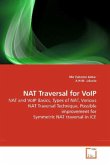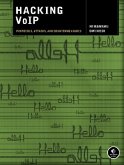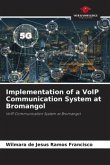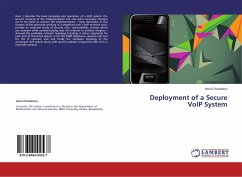Compared to traditional (PSTN) voice networks, a Voice over Internet Protocol network is a convergence of a signaling network and a data network using Internet Protocol (IP). The use of shared media by VoIP systems opens the door to some uncertainty as to the source of a call. While in the traditional voice networks one has to tap into a specific circuit to eavesdrop, in an IP network any equipment connected to the target LAN can identify, store and playback the VoIP packets that traverse that LAN. An unprotected, unauthenticated IP network makes VoIP susceptible to hostile use, such as call hijacking, connection tear down, denial of service, or sending computer viruses over the network. In this work, we perform a series of attacks against a VoIP application, and prove that they succeed with nothing more than a couple of identity tokens captured from the network traffic as prerequisites. We then design an Intrusion Detection System implementing a gradual attack-response procedure, destined to inform and protect the End-Users of the Application Under Test.
Bitte wählen Sie Ihr Anliegen aus.
Rechnungen
Retourenschein anfordern
Bestellstatus
Storno








